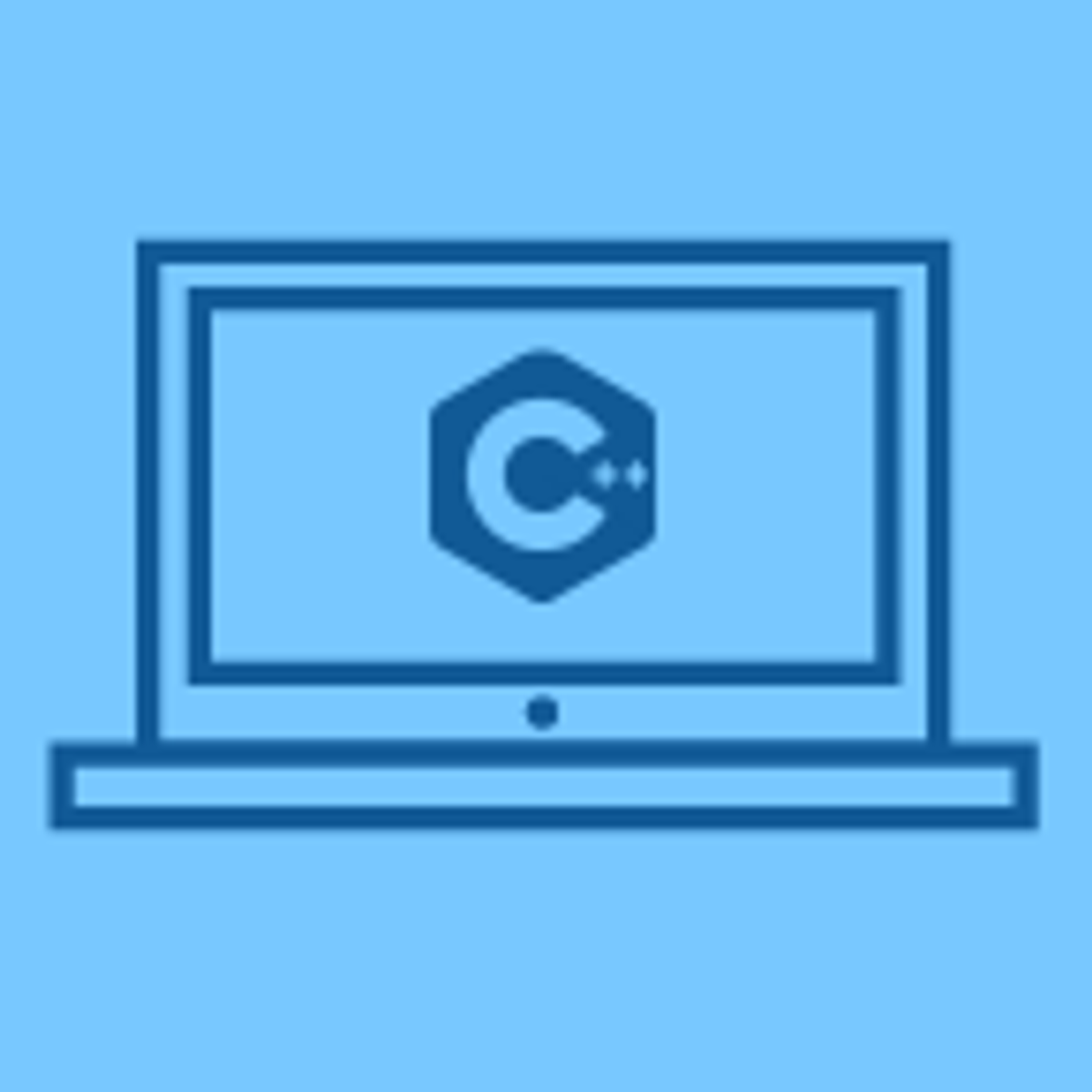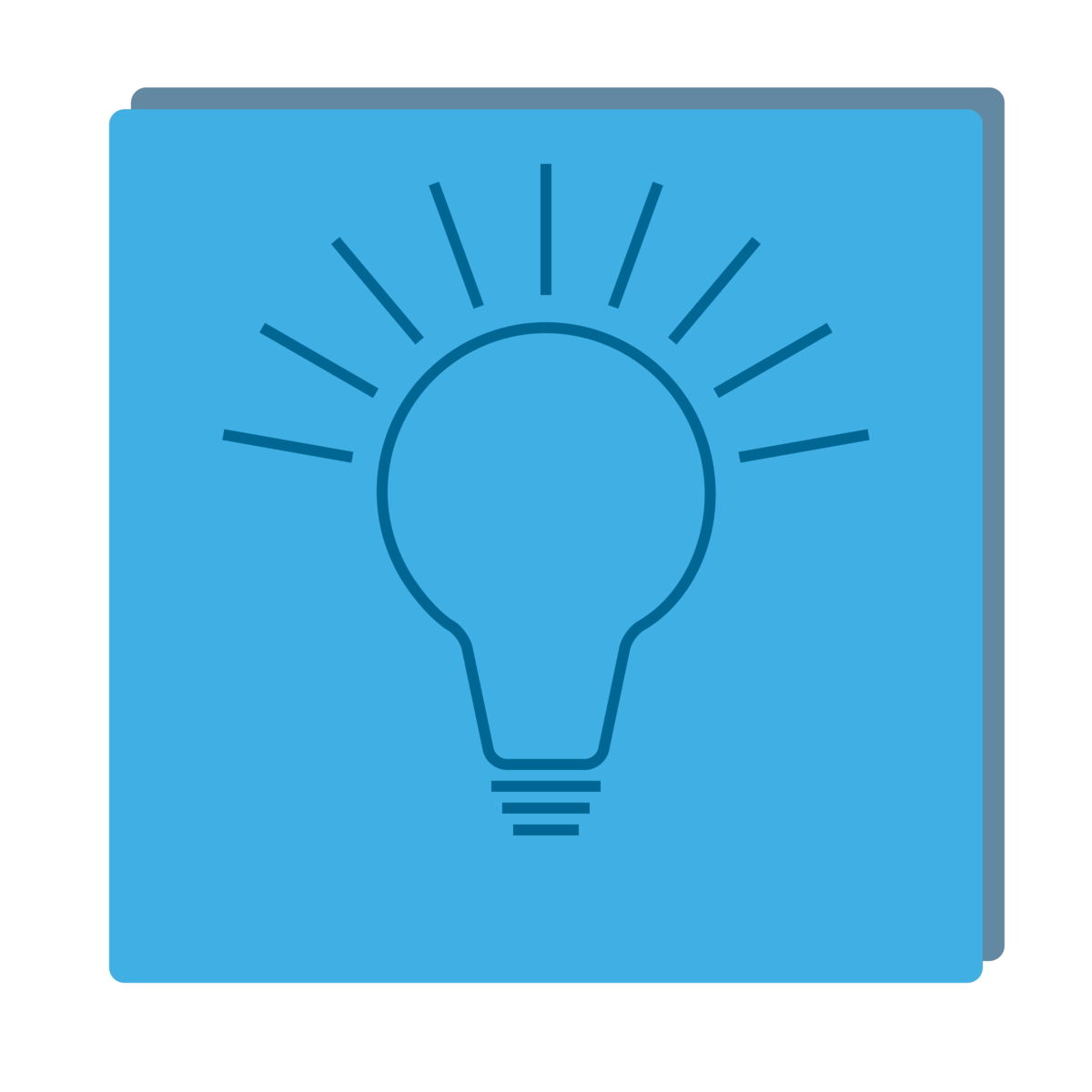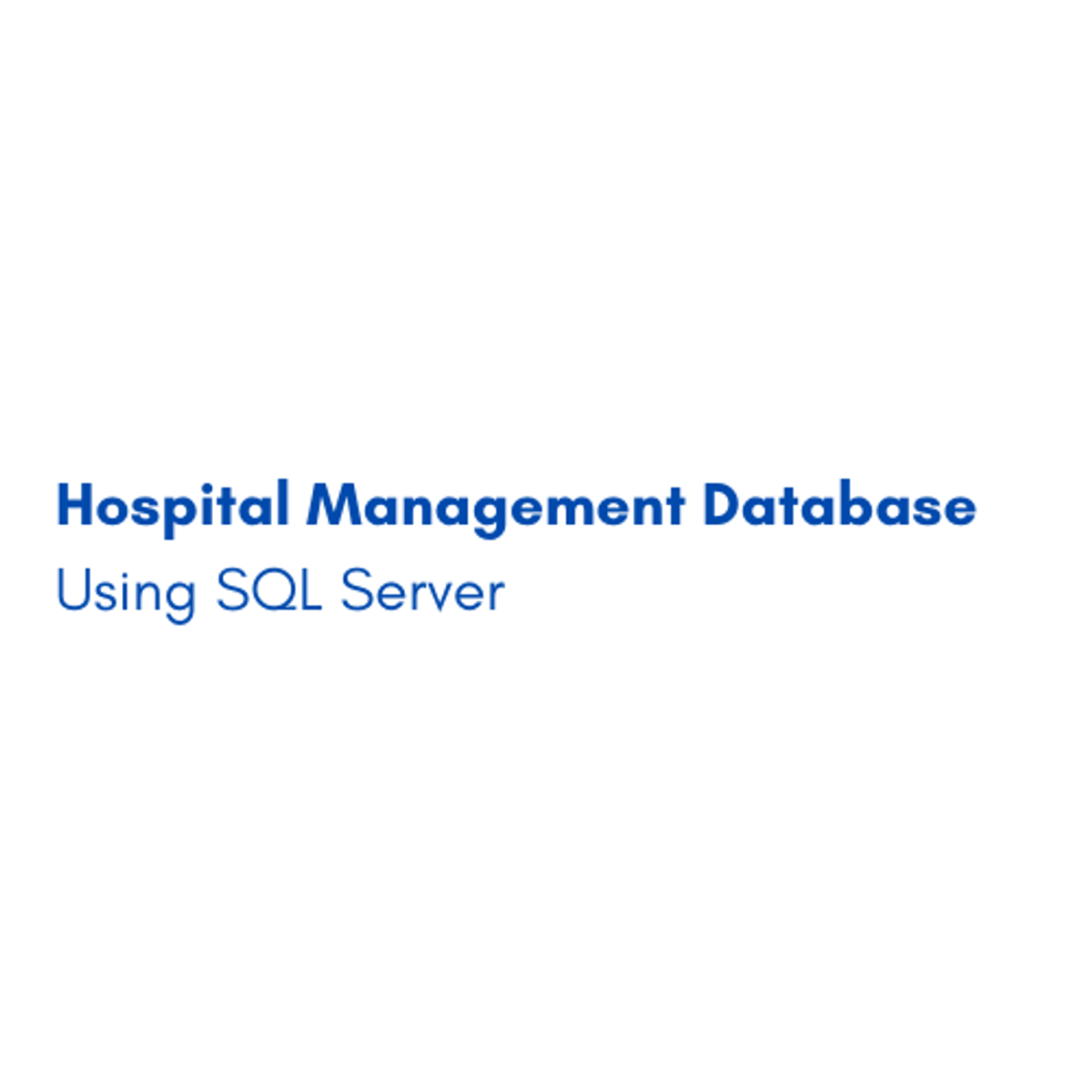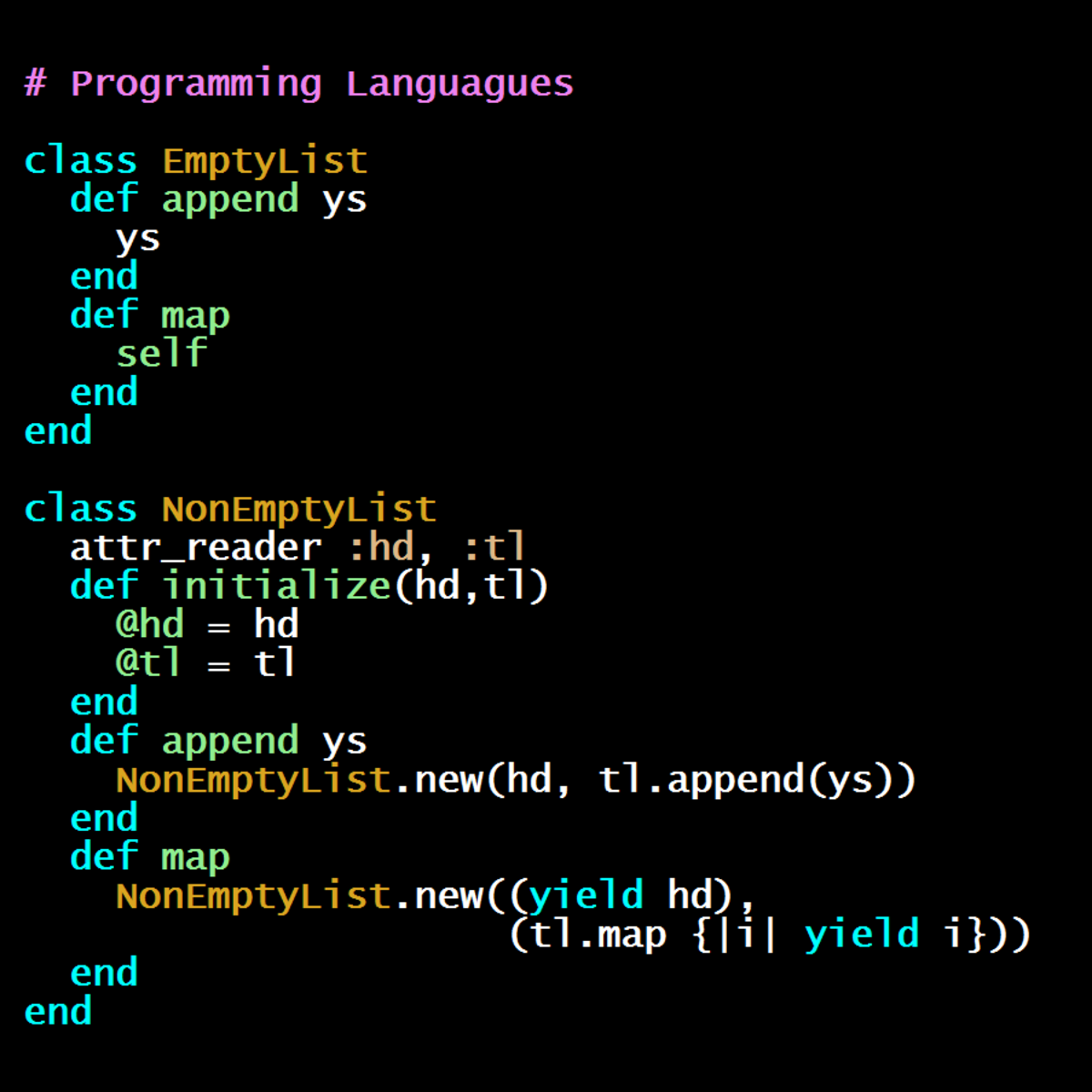Back to Courses









Computer Science Courses - Page 203
Showing results 2021-2030 of 2309

C++ Basics: Selection and Iteration
Code and run your first C++ program in minutes without installing anything!
This course is designed for learners with no coding experience, providing a solid foundation of not just C++, but core Computer Science topics that can be transferred to other languages. The modules in this course cover printing, operators, iteration (i.e., loops), and selection (i.e., conditionals).
To allow for a truly hands-on, self-paced learning experience, this course is video-free. Assignments contain short explanations with images and runnable code examples with suggested edits to explore code examples further, building a deeper understanding by doing. You'll benefit from instant feedback from a variety of assessment items along the way, gently progressing from quick understanding checks (multiple choice, fill in the blank, and un-scrambling code blocks) to small, approachable coding exercises that take minutes instead of hours.

Software Development Practices
As you prepare to become a professional mobile developer, you need to have a basic understanding of other industry standard software development practices. In this course, you will explore some of those processes and best practices in software development such as application lifecycle, infrastructure, testing, Agile/scrum development, how projects are estimated and tracked, as well as specialized tools.

Query data in Django
In this 1-hour long project-based course, you will learn how to use the QuerySet methods and the Q objects to query data in Django. You will generate a sample project and create a view that populates the database with sample data. You will then learn the syntax of keyword arguments to construct queries using the QuerySet methods. You will create complex queries using the Q objects, and finally you will learn how to query across relationships.
Note: This course works best for learners who are based in the North America region. We’re currently working on providing the same experience in other regions.

Mathematical Thinking in Computer Science
Mathematical thinking is crucial in all areas of computer science: algorithms, bioinformatics, computer graphics, data science, machine learning, etc. In this course, we will learn the most important tools used in discrete mathematics: induction, recursion, logic, invariants, examples, optimality. We will use these tools to answer typical programming questions like: How can we be certain a solution exists? Am I sure my program computes the optimal answer? Do each of these objects meet the given requirements?
In the online course, we use a try-this-before-we-explain-everything approach: you will be solving many interactive (and mobile friendly) puzzles that were carefully designed to allow you to invent many of the important ideas and concepts yourself.
Prerequisites:
1. We assume only basic math (e.g., we expect you to know what is a square or how to add fractions), common sense and curiosity.
2. Basic programming knowledge is necessary as some quizzes require programming in Python.

C Programming: Language Foundations - 2
In this course you will learn to use logical statements and arrays in C. Logical statements are used for decision-making with follow-up instructions, based on conditions you define. Arrays are used to store, keep track of, and organize larger amounts of data. You will furthermore implement some fundamental algorithms to search and sort data.
Why learn C? Not only is it one of the most stable and popular programming languages in the world, it's also used to power almost all electronic devices. The C programming language represents one of the building blocks of modern computer information technology.
Why learn C and not another programming language? Did you know that smartphones, your car’s navigation system, robots, drones, trains, and almost all electronic devices have some C-code running under the hood? C is used in any circumstance where speed and flexibility are important, such as in embedded systems or high-performance computing.
By the end of this course, you will have gained experience with programming concepts that are foundational to any programming language and be one step closer to a career in computer engineering.
Your job Outlook:
- Programmers, developers, engineers, managers, and related industries within scientific computing and data science;
- Embedded systems such as transportation, utility networks, and aerospace;
- Robotics industry and manufacturing;
- IoT (Internet of Things) used in smart homes, automation, and wearables.
- IEEE, the world’s largest technical professional organization for the advancement of technology, ranks C as third of the top programming languages of 2021 in demand by employers. (Source: IEEE Spectrum)
This course has received financial support from the Patrick & Lina Drahi Foundation.

Set Up Network and HTTP Load Balancers
This is a self-paced lab that takes place in the Google Cloud console. In this hands-on lab, you'll learn how setup both network load balancers and HTTP load balancers for your application running in Compute Engine virtual machines.

Determine Shortest Paths Between Routers Using Python
By the end of this project you will use the adjacency list data structure and other data structures to find the shortest distance between a set of routers loaded from a file.
The shortest path problem is well known in the field of computer science. An adjacency list is probably the best data structure to represent a set of connected vertices to find the shortest path from one vertex to another. One application for shortest paths is in mapping. Another common application for its use is in computer networking routing to find the shortest trip for a packet.
Note: This course works best for learners who are based in the North America region. We’re currently working on providing the same experience in other regions.

Introduction to Machine Learning in Production
In the first course of Machine Learning Engineering for Production Specialization, you will identify the various components and design an ML production system end-to-end: project scoping, data needs, modeling strategies, and deployment constraints and requirements; and learn how to establish a model baseline, address concept drift, and prototype the process for developing, deploying, and continuously improving a productionized ML application.
Understanding machine learning and deep learning concepts is essential, but if you’re looking to build an effective AI career, you need production engineering capabilities as well. Machine learning engineering for production combines the foundational concepts of machine learning with the functional expertise of modern software development and engineering roles to help you develop production-ready skills.
Week 1: Overview of the ML Lifecycle and Deployment
Week 2: Selecting and Training a Model
Week 3: Data Definition and Baseline

Hospital management database using SQL server
In this 1-hour long project-based course, you will be able to efficiently manage databases using SQL server. In this project, you will be able to work on different databases by using an existing database or creating your own database from scratch. Moreover, you will be able to create, alter and drop tables, identify the difference between Data Definition Language (DDL) and Data Manipulation Language (DML) and finally, insert, update and delete rows in the database.
Along the way, you will be applying and practicing the basic features of the database and SQL commands, as well as using DDL, DML, Query statement, Functions, Ordering, Comparison, and Logical condition to use in your work as a software engineer or web developer.
Note: This course works best for learners who are based in the North America region. We’re currently working on providing the same experience in other regions.

Programming Languages, Part C
[As described below, this is Part C of a 3-part course. Participants should complete Parts A and B first -- Part C "dives right in" and refers often to material from Part A and Part B.]
This course is an introduction to the basic concepts of programming languages, with a strong emphasis on functional programming. The course uses the languages ML, Racket, and Ruby as vehicles for teaching the concepts, but the real intent is to teach enough about how any language “fits together” to make you more effective programming in any language -- and in learning new ones.
This course is neither particularly theoretical nor just about programming specifics -- it will give you a framework for understanding how to use language constructs effectively and how to design correct and elegant programs. By using different languages, you will learn to think more deeply than in terms of the particular syntax of one language. The emphasis on functional programming is essential for learning how to write robust, reusable, composable, and elegant programs. Indeed, many of the most important ideas in modern languages have their roots in functional programming. Get ready to learn a fresh and beautiful way to look at software and how to have fun building it.
The course assumes some prior experience with programming, as described in more detail in the first module of Part A. Part B assumes successful completion of Part A.
The course is divided into three Coursera courses: Part A, Part B, and Part C. As explained in more detail in the first module of Part A, the overall course is a substantial amount of challenging material, so the three-part format provides two intermediate milestones and opportunities for a pause before continuing. The three parts are designed to be completed in order and set up to motivate you to continue through to the end of Part C.
Week 1 of Part A has a more detailed list of topics for all three parts of the course, but it is expected that most course participants will not (yet!) know what all these topics mean.
